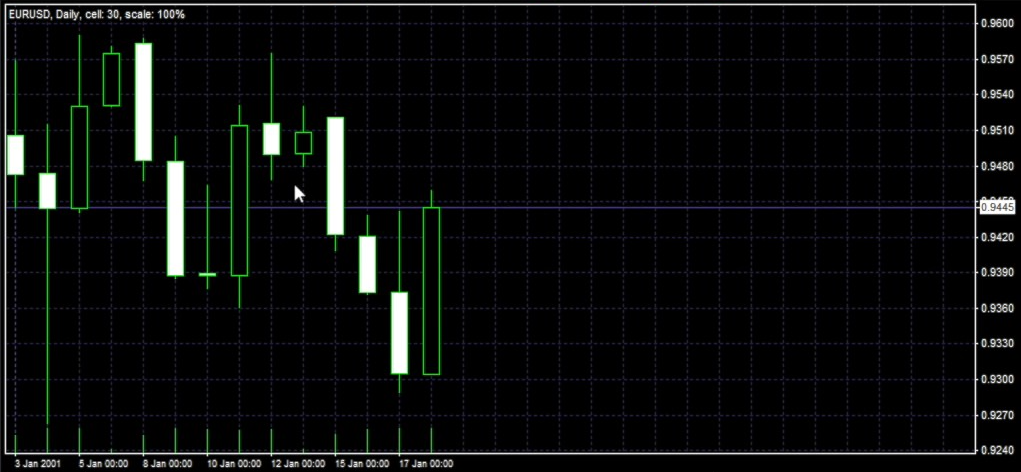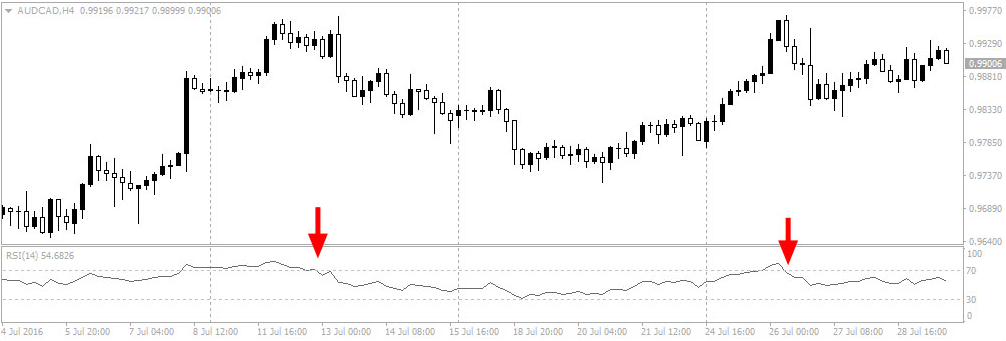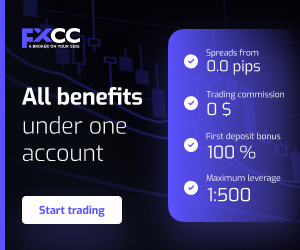How to backtest your forex trading strategy
The development of dependable forex trading strategies requires backtesting as an essential evaluation method. The evaluation of trading strategy performance through historical data enables traders to detect patterns while evaluating risks and making evidence-based decisions before investing real capital. Through backtesting traders gain practical knowledge about how their strategies react to different market situations beyond theoretical understanding.
The simulation of trades across a particular historical time span enables traders to obtain performance metrics which include win rate and average return per trade and maximum drawdown and overall profitability. The evaluation process serves to eliminate strategies which appear attractive in theory but prove ineffective when actual market conditions apply. Traders who maintain consistent methodologies while tracking performance metrics through backtesting achieve better risk management and market adaptation.
Traders can utilise various trading platforms to create entry and exit rules that automatically test against price data spanning multiple years. The process of manual backtesting requires more time but provides traders with detailed knowledge about price movements and strategy operational dynamics. Both testing approaches reveal whether the strategy matches the trader's risk tolerance and market goals and time investment requirements.
What is backtesting in forex trading?
The process of backtesting involves using historical market data to test trading strategies for their effectiveness. The main objective of backtesting is to determine how well a strategy would have performed in past market conditions. The method depends on precise historical price data that contains open prices together with high prices and low prices and close prices and spreads.
A moving average crossover strategy functions by triggering a buy signal when the short-term moving average crosses above the long-term moving average. The analysis of price data throughout multiple years enables researchers to determine signal frequency and position duration as well as the resulting outcomes. The evaluation process enables researchers to calculate performance indicators which include net profit together with win rate and maximum drawdown and risk-reward ratio.
Backtesting operates as a distinct method from forward testing. The strategy receives past data for simulated trading through backtesting yet forward testing requires the strategy to operate on live markets through a demo account. The two testing methods help strategy development but serve different functions in the process. Backtesting provides immediate feedback through extensive past trade data whereas forward testing concentrates on present market conditions and trading execution.
Backtesting accuracy depends on making realistic assumptions. The process requires consideration of transaction costs together with spreads and slippage and execution delays.
Benefits of backtesting a forex strategy
Backtesting provides quantifiable advantages to improve and authenticate forex trading strategies before market implementation. The main advantage of backtesting enables traders to assess strategy performance under various market scenarios without exposing their capital to risk. Traders can assess strategy performance through historical data analysis to determine how it would behave during trending and ranging and volatile market conditions.
A trend-following strategy requires testing on EUR/USD data spanning five years. The results indicate that the strategy performs well during strong directional moves yet fails during sideways markets which helps traders modify risk parameters or implement filters to minimize false signals.
Backtesting also builds confidence. A positive expectancy in strategy performance makes it simpler to maintain discipline when following rules during losing streaks. The emotional nature of forex trading demands this particular advantage because impulsive choices can result from emotional responses. The trading platforms enable users to access profit factor and drawdown percentage and trade duration metrics which serve as vital tools for risk assessment.
The practical advantage of backtesting allows traders to modify strategy parameters before starting live trading operations. The adjustment of stop-loss levels together with moving average period optimization leads to substantial performance improvements. Real-time trading requires changes to be based on logical reasoning instead of curve fitting which produces unrealistic expectations.

Key components of a successful backtest
A successful backtest demands more than the application of entry and exit signals to historical data. The system needs to duplicate real trading conditions while delivering precise performance metrics. The first essential requirement for backtesting involves using high-quality historical price data. The use of reliable data from a broad range of trading platforms allows the backtest to demonstrate actual market behavior through precise time stamps and accurate bid-ask spreads and volatility patterns.
The backtest needs to operate with specific trading rules which should be clearly defined. A trading strategy that enters long positions when the 50-period moving average crosses above the 200-period moving average needs to define its exit rules and stop-loss parameters as well as risk management limits. The test requires these details to produce consistent and repeatable results.
A backtesting simulation uses EUR/USD 1-hour data spanning three years. Realistic results require the inclusion of transaction costs that include spreads and slippage. The failure to consider these factors results in exaggerated profit projections. The simulation tools scripting environment enable users to modify settings before running the test.
A valid backtest requires sufficient data points. A valid backtest requires numerous trades throughout various market states including trending and consolidating periods. The increased statistical reliability from this approach prevents results from being distorted by short-term market irregularities.
How to backtest your strategy
The process of testing a forex trading strategy requires a systematic approach to assess performance while detecting potential weaknesses. The initial step requires choosing a currency pair together with a time frame which matches the strategy's planned use. A short-term scalping method would operate with EUR/USD on a 5-minute chart but a swing trading system would use GBP/JPY on a 4-hour chart.
The following step requires obtaining dependable historical market data. The assorted trading platforms allow users to download historical data that includes precise bid-ask spreads and time-stamped price bars. The prepared data needs to be used to establish the trading rules. The trading rules need to specify exact entry and exit conditions together with stop-loss and take-profit levels and risk per trade. Results will not show consistent patterns if the criteria remain undefined.
The rules need to be applied to historical data after their definition. The method selection determines whether to perform this task manually or through automated tools. Every trade needs documentation of entry price and exit price together with trade outcome and trade reason.
A strategy produces 150 trades throughout a 12-month period. The evaluation of performance depends on win rate calculation along with risk-to-reward ratio determination and average return per trade measurement and maximum drawdown assessment. The strategy can advance to live market testing through demo account use when its results demonstrate consistency and match risk expectations.

Common backtesting mistakes to avoid
The process of backtesting provides useful information about forex strategy performance yet multiple frequent errors produce misleading or inaccurate results. The most common mistake in strategy development involves adjusting the model to match historical data with excessive precision. The process of over-optimization occurs when a model achieves outstanding past data performance but fails to deliver under real market conditions. The practice of selecting moving average periods exactly from historical highs and lows leads to unrealistic returns that tend to fail in future markets.
The failure to consider trading expenses represents a major problem. High-frequency systems experience substantial trade outcome modifications because of spreads together with commissions and slippage. The lack of realistic cost assumptions in backtesting results in overestimated profitability. The Strategy Tester (also known as a backtesting tool) enables users to incorporate variable spreads and execution delays which produces more accurate simulation results.
The use of biased data or incomplete datasets represents a significant risk factor. High-quality historical data that remains uninterrupted throughout the testing period is essential for backtests. Results become distorted when price points contain missing or inaccurate information. The historical price data enables users to prevent these distortions from occurring.
The evaluation of this strategy takes place exclusively during periods of low market volatility. The test becomes invalid because it does not include real-world stress scenarios when the strategy lacks exposure to high-impact news events and sudden price swings.
Conclusion
The process of backtesting functions as an organized evaluation system which tests forex trading strategies before their deployment in live markets. The system generates quantifiable performance statistics which help traders detect both positive and negative aspects of their strategies. A well-designed backtest with realistic assumptions about trading costs and execution speed and slippage provides essential data for developing disciplined trading plans.
A strategy undergoes backtesting across multiple currency pairs and timeframes using historical data. The system demonstrates its best performance during particular trading sessions and trending conditions and when specific position sizing rules are applied. The gained understanding from this process enables better decision-making which strengthens long-term risk management.
A wide selection of trading platforms enables users to enhance their strategies through technical indicators and fundamental data including economic news releases. A strategy can proceed to forward testing through demo account usage after backtest results match the trader's risk tolerance and performance objectives.
Backtesting fails to remove risk from trading activities and historical performance does not predict future trading outcomes. Strategic improvements emerge from performance metrics analysis which includes drawdown measurements and expectancy calculations and trade frequency tracking instead of emotional or speculative approaches.


